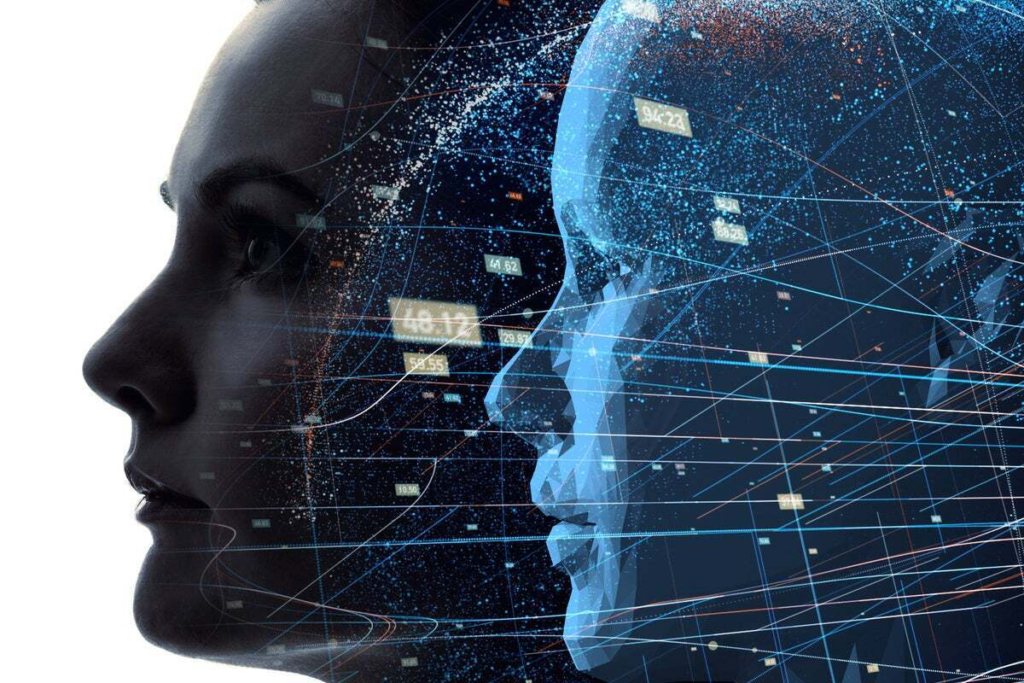Digital twins, a sophisticated concept within the realm of artificial intelligence (AI), simulate real-world entities within a digital framework. This digital representation allows for real-time monitoring, analysis and optimization of systems. Developing a robust technical architecture for digital twins necessitates a comprehensive understanding of several foundational components and integration of advanced technologies.
A digital twin is a digital replica of a physical object, system or process that uses real-time data and AI-driven analytics to replicate and predict the behaviour of its real-world counterpart. This architecture allows for better decision-making, predictive maintenance and enhanced operational efficiency. When developing AI solutions, training the model and reducing common AI problems like hallucination, data protection, privacy and unlearning the model can be costly on the real system and hence developing a digital twin solution in AI can help to simulate the real system and tune the system before deploying to productionized environments.
Core components of digital twin architecture
The architecture of a digital twin comprises several critical components:






